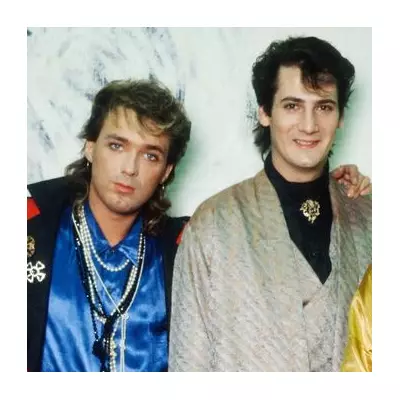
London's prestigious art scene is experiencing what insiders are calling its very own "Barbenheimer" moment this October, as two of the world's most significant art fairs open simultaneously, forcing collectors, dealers, and enthusiasts to choose between the British capital and its French rival.
The Great Art Divide
Frieze London, the city's cornerstone contemporary art event, finds itself in unprecedented competition with Paris's fledgling art fair, both scheduled for the exact same dates in mid-October. This scheduling clash has created a dramatic split in the international art community, reminiscent of last summer's cinematic phenomenon where audiences flocked to both "Barbie" and "Oppenheimer" on the same weekend.
"We're witnessing a fundamental shift in the art world's calendar," noted one prominent gallery owner. "Previously, London dominated autumn, but Paris is now making a serious play for that spotlight."
Cross-Channel Competition Heats Up
The timing couldn't be more symbolic. As Frieze celebrates its continued success in Regent's Park, Paris has strategically positioned its event to challenge London's long-standing dominance. The French capital's growing appeal to international galleries, coupled with Brexit-related complications for British institutions, has created the perfect conditions for this cultural standoff.
Major collectors and curators are now facing difficult decisions about where to allocate their time and resources. Some are attempting the "art world double-header" - flying between cities to catch both events, though many acknowledge this compromises the experience of both.
Market Impact and Gallery Dilemmas
The competing fairs have forced galleries to make strategic choices about where to exhibit. While established names maintain their loyalty to Frieze's proven platform, several prominent galleries have opted for Paris this year, signalling a potential redistribution of power in the European art market.
"The competition is ultimately healthy for the ecosystem," argued an art market analyst. "It pushes both fairs to elevate their programming and ensures that collectors get to see the very best work each city has to offer."
What This Means for London's Art Scene
Despite the new competition, Frieze London maintains several key advantages. Its two-decade history, established collector base, and integration with London's broader cultural offerings – including museum shows and gallery openings across the city – provide a compelling package that newcomers struggle to match immediately.
Nevertheless, art world professionals acknowledge that the landscape is changing permanently. The era of London's uncontested autumn art supremacy appears to be over, replaced by a more complex, competitive European scene where collectors must navigate multiple destinations.
As one veteran dealer observed: "This Barbenheimer moment isn't about one fair 'winning' over the other. It's about the art world expanding to accommodate multiple centres of excellence simultaneously. For those of us who love art, that's ultimately a victory."





